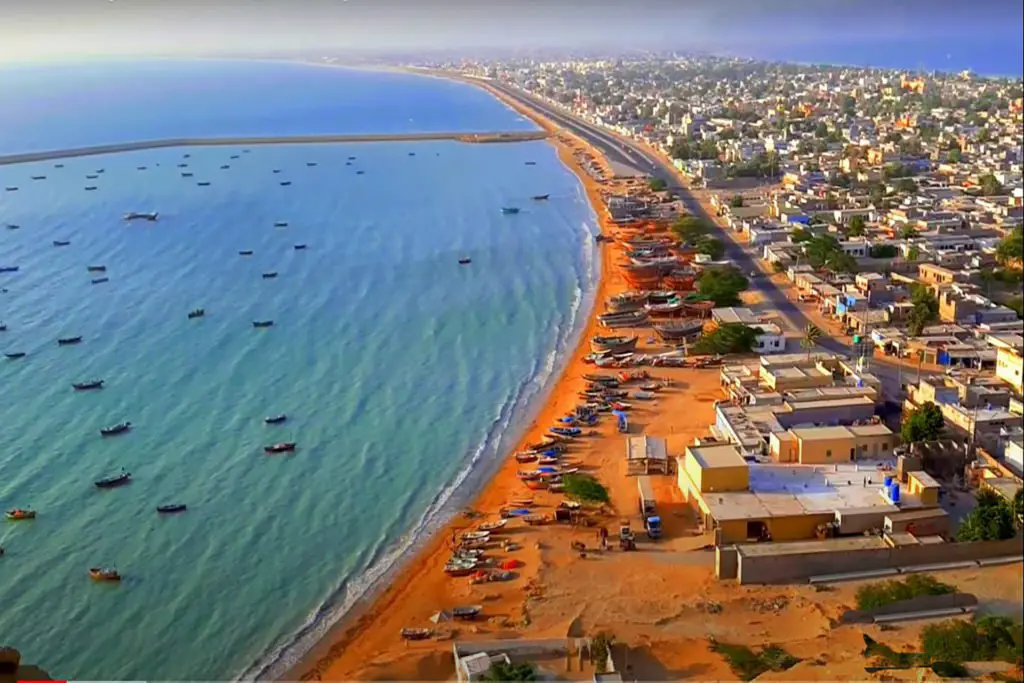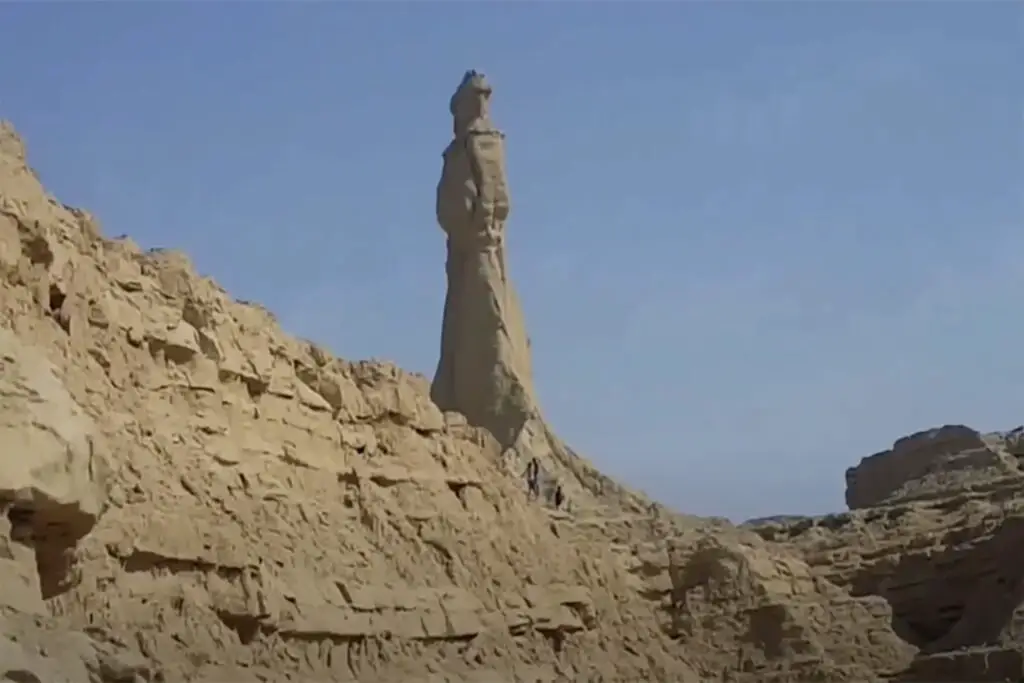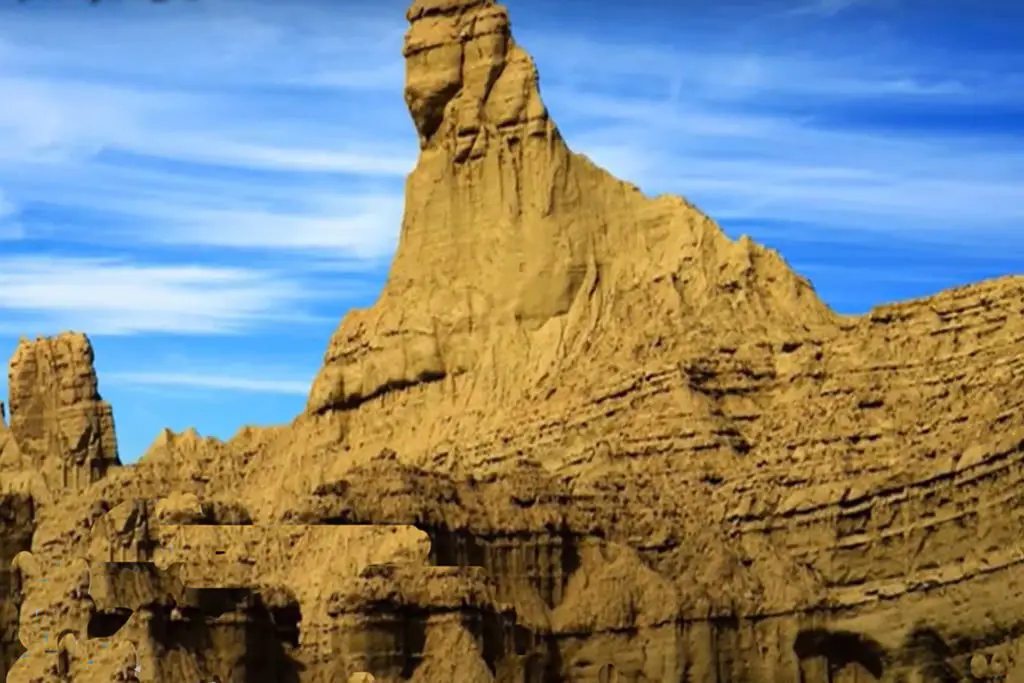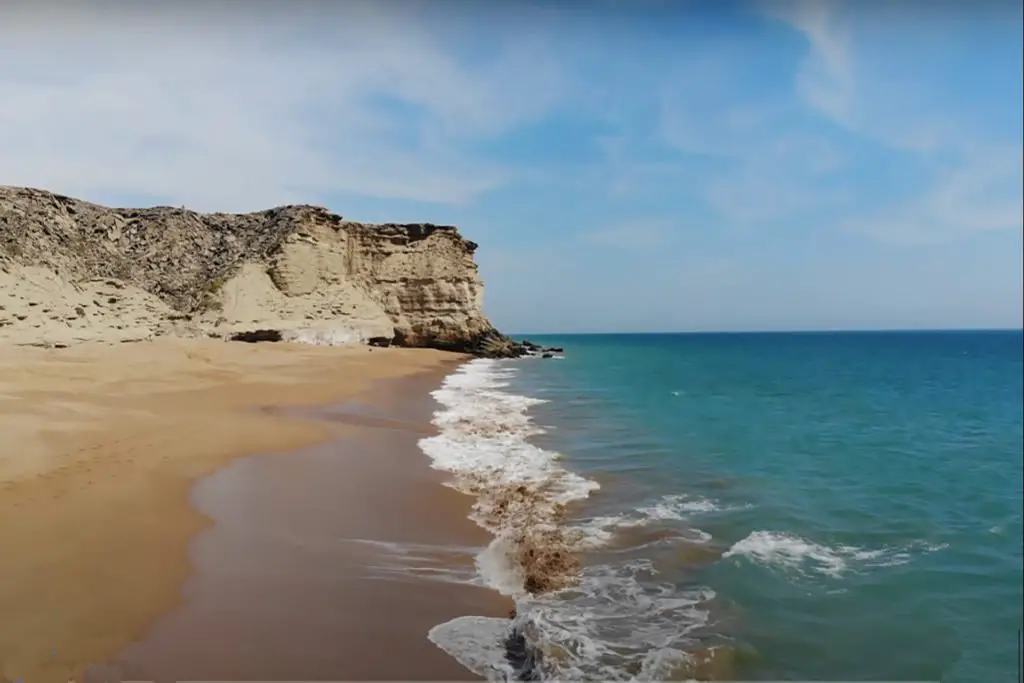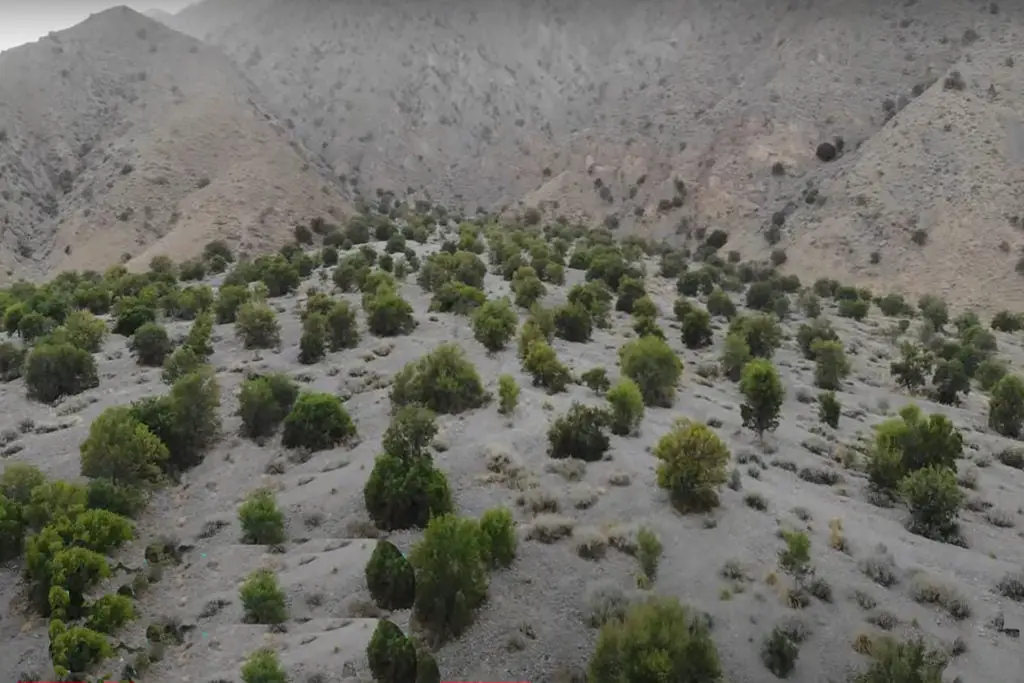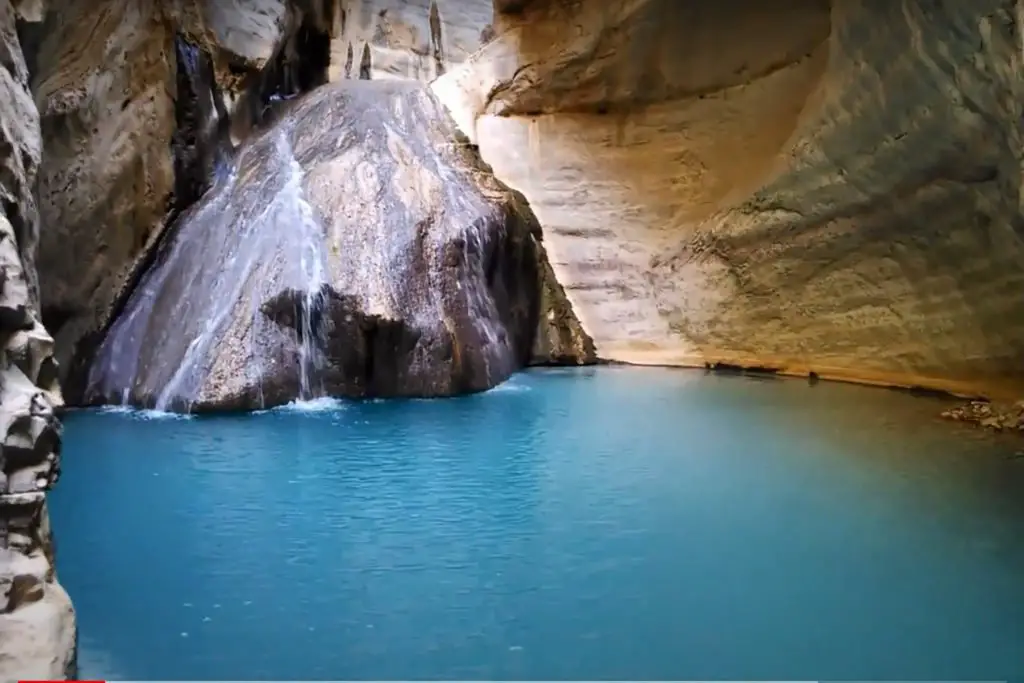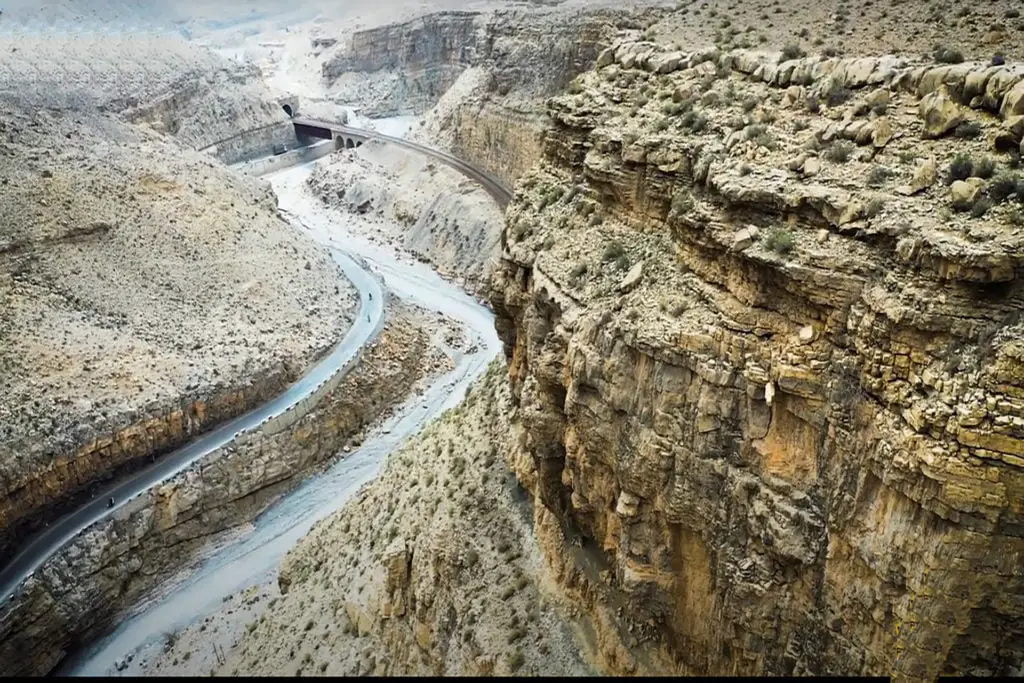Gwadar, the vibrant port city and capital of South Balochistan, is a place of significant maritime importance. Nestled on the southwestern coast of Balochistan, Pakistan, this city is an enchanting destination situated along the shores of the Arabian Sea, directly facing the Sultanate of Oman. Gwadar is a place where the land meets the sea, and where possibilities for trade, commerce, and natural beauty converge.
With its strategic location and historical significance, Gwadar has much to offer in terms of culture, economy, and breathtaking vistas. Let’s delve into the essence of this coastal gem.
Gawadar City, Pakistan Location
Gwadar, Pakistan, ranked as the 100th largest city in the country based on the 2017 census. Historically, it was under the sovereignty of Oman from 1783 until 1958. Situated approximately 120 kilometers (75 miles) to the southwest of Turbat, Gwadar finds itself in close proximity to the Iranian port city of Chabahar, which is located about 170 kilometers (110 miles) to the west.
Meaning of Gwadar Pakistan
The term “Gwadar” originates from the fusion of two Balochi words – “guad,” signifying wind, and “dar,” meaning gate or door. Consequently, Gwadar can be interpreted as the “wind gate.”
Gwadar Port
Gwadar Port is situated along the Arabian Sea within Gwadar, a province in Baluchistan, Pakistan. It falls under the administrative authority of the Minister of Maritime Affairs of Pakistan and is operationally managed by the China Overseas Port Holding Company.
The port holds significant importance within the framework of the China-Pakistan Economic Corridor (CPEC) and is considered a pivotal connection between the Belt and Road Initiative and the Maritime Silk Road projects.
The potential for Gwadar to evolve into a deep-sea port was initially recognized in 1954 when the city was still under Omani rule. However, concrete plans for port development didn’t come to fruition until 2007 when the port was inaugurated after four years of construction at a total cost of $248 million.
Gwadar Port was officially commissioned on 14 November 2016.
Significance of Gwadar Port
Gwadar Port’s importance lies in its strategic location, its role in the CPEC, and its potential to drive economic development, making it a vital maritime facility with global implications.
The importance and significance of Gwadar Port can be summarized as follows:
- Strategic Geopolitical Location: Gwadar Port is strategically located at the crossroads of South Asia, the Middle East, and Central Asia. Its proximity to the Strait of Hormuz, through which a significant portion of the world’s oil passes, makes it a crucial point for global trade and energy security.
- China-Pakistan Economic Corridor (CPEC): Gwadar Port serves as the linchpin of the China-Pakistan Economic Corridor (CPEC), a multi-billion-dollar infrastructure project. This corridor provides China with a shorter and more secure route to the Arabian Sea, reducing its dependence on the congested Malacca Strait and enhancing trade connectivity between the two countries.
- Economic Hub: Gwadar Port is poised to become an economic hub, attracting investment, industrial zones, and trade activities. It has the potential to transform the region’s economy by creating jobs, boosting trade, and fostering economic growth.
Ancient Origins of Gwadar Pakistan
Ancestral Settlements in Balochistan
Gwadar, much like various regions of Balochistan, is believed to have an ancient history of human settlement. The area’s traces of habitation date back to the Bronze Age when people lived around the oases in this region. Interestingly, the original name of Baluchistan, “Makran,” is derived from this pattern of settlement.
Under Persian and Mauryan Rule
Gwadar was once part of the Achaemenid Persian Empire, and it’s believed to have been conquered by the empire’s founder, Cyrus the Great. Pura, the capital of the satrapy of Gedrosia, was located near modern Bampūr in Baluchistan, Iran. During the era of Alexander the Great, Admiral Nearchus sailed along the present-day Makran coast. He described the region as dry, mountainous, and inhabited by “Ichthyophagous” or “fish-eaters,” a Greek interpretation of the ancient Persian phrase “Mahi Khorana,” which later evolved into “Makran.”
The region later came under Mauryan rule around 303 BC after an agreement between Seleucus and Emperor Chandragupta. However, Gwadar remained on the fringes of historical events for many centuries.
Arab-Muslim Conquest and Local Rule
In 643, an Arab-Muslim army captured Makran, and the region witnessed several invasions over the years. Local Baloch tribes ruled the area for nearly two centuries.
Portuguese Encounters and Mughal Rule
In the 15th century, the Portuguese, during their conquests in India and Oman, attempted to annex the coastal region of Makran. Led by Vasco de Gama, they attacked Gwadar but were defeated by the Baloch under the leadership of Mir Ismaheel Baloch. The Portuguese raided coastal villages but failed to capture Gwadar.
By the late 16th century, Mughal Emperor Akbar conquered Gwadar and the entire Baluchistan region. It remained under Mughal rule until the early 18th century.
Omani Sovereignty and British Intervention
In 1783, Khan of Kalat Mir Noori Naseer Khan Baloch granted Gwadar’s sovereignty to Taimur Sultan, the defeated ruler of Muscat. Gwadar Fort was built during Oman’s rule. In the mid-18th century, Mir Noori Naseer Khan Baloch reclaimed Gwadar after defeating the Gichki Baloch tribe and incorporating them into the Kalat Khanate. However, Mir Nasir made an agreement with the Gichki chief, allowing them to maintain administrative control over the area in exchange for shared revenue, an arrangement that continued until 1783.
Gwadar was transferred to the control of Saiad Sultan in 1797, but he never returned it to Kalat. The struggle between the Sultan’s heirs and the Khan of Kalat over Gwadar’s ownership enabled British intervention. The British extended telegraph lines to the city and obtained concessions from the Sultan for its use.
Incorporation into Pakistan
Gwadar eventually became part of Pakistan through negotiations led by Prime Minister Feroz Khan Noon and his wife Viqar-un-Nisa Noon with the Sultan of Oman. In exchange for Rs 5.5 billion, mostly paid by Aga Khan IV, the Sultan of Oman agreed to hand over Gwadar to Pakistan.
Geographical Features of Gwadar
Gwadar is a coastal city located on the southwestern coast of the Arabian Sea in Pakistan within the Gwadar City of Balochistan Province. Situated on a natural tombolo peninsula, Gwadar is formed by two nearly perfect semicircular bays, providing the city with a unique geography.
The city rests on a narrow, sandy isthmus that stretches 12 km (7 mi) and links the Pakistani coast to the rocky outcrops of the Arabian Sea known as the Gwadar Promontory or Koh-e-Batil. This promontory, which extends for 11 km (7 mi) from east to west and is 1.5 km (1 mi) wide, reaches an altitude of 150 m (480 ft).
The isthmus is 240 m (800 ft) wide and divides two semicircular bays. The western bay, known as Paddi Zirr, is shallow with an average depth of 3.7 m (12 ft) and a maximum depth of 9.1 m (30 ft). On the eastern side of the isthmus lies the Demi Zirr deep-sea port, the site where Gwadar port was constructed.
This distinctive geography and Gwadar’s location make it a city of historical significance with a diverse past marked by changing rulers and influences.
Gifted Gwadar to Oman
Gwadar was gifted to Oman by the Khan of Kalat, Mir Noori Naseer Khan Baloch, in 1783. He granted sovereignty over Gwadar to Taimur Sultan, the defeated ruler of Muscat. However, it’s important to note that the area later became part of Pakistan through negotiations between Pakistan and Oman, and it was no longer under Omani sovereignty. The Sultan of Oman agreed to hand over Gwadar to Pakistan in 1958.
How much Pakistan paid for Gwadar?
Pakistan paid 5.5 billion rupees for Gwadar, which was mostly covered by Aga Khan IV, in negotiations with the Sultan of Oman. This payment led to the transfer of Gwadar to Pakistan in 1958.
Gawadar, Balochistan Weather
Gwadar Balochistan has a hot desert climate (Köppen BWh) characterized by little rainfall and large differences between summer and winter temperatures. The oceanic influence of cold Arabian Sea currents moderates temperatures, resulting in significantly cooler summer temperatures compared to inland areas and Gulf cities such as Dubai.
The Arabian Sea also moderates winter temperatures, resulting in warmer winter nights compared to inland areas.

